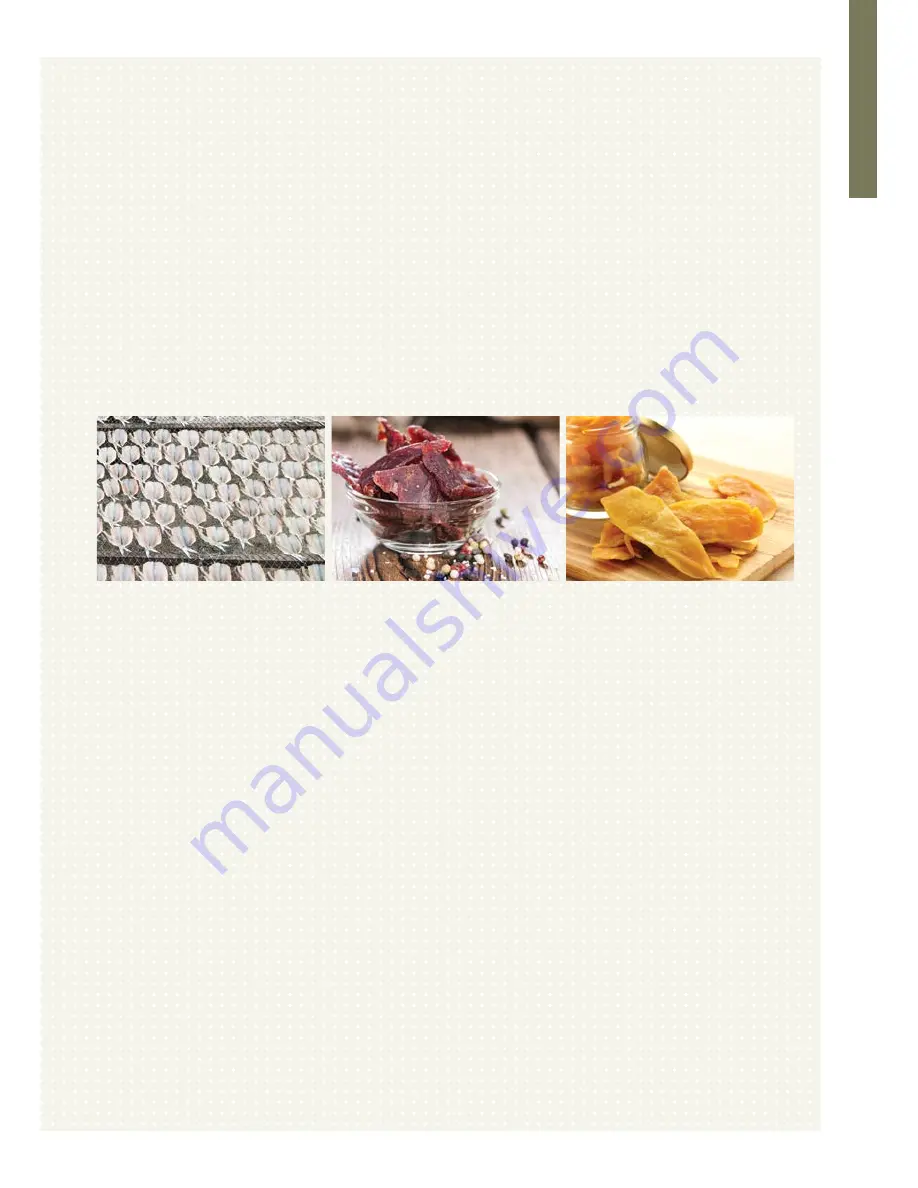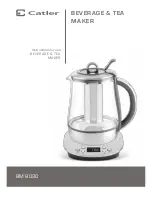
History of Dehydration
Drying is a method of food preservation that works by removing water from the
food, which inhibits the growth of bacteria and has been practiced worldwide since
ancient times. The most astonishing fact about food preservation is that it permeated
every culture at nearly every moment in time. To survive, ancient man had to harness
nature. In frozen climates they froze meat on ice, and in tropical climates they dried
foods in the sun.
Evidence shows that Middle Eastern and Oriental cultures dried foods as early
as 12,000 B.C. in the hot sun. The earliest written record we know stated that the
Phoenicians and other fishing people of the Mediterranean used to dry their catches
in the open air. Sun drying tea leaves was very common among the early Chinese and
many other early cultures were also known to have consumed plenty of dried foods.
During the ages of exploration in the 15th and 16th centuries, most sailors on long sea
voyages ate varieties of dried food in order to stay alive. When Columbus discovered
the New World, dehydrated food played an important part in sustaining his crew and
in preventing any outbreak of nutritional diseases like scurvy and beriberi.
Leathery dried meat (or jerky) acted as staples for far roaming “mountain men” who
braved the Sierra Nevada Mountains and the unexplored Pacific Coast of America. By
1795, the French had developed the first dehydrator - a device designed to regulate
the drying conditions and to speed up the drying process.
Dehydrated food became popular during World War I. Due to America sending a
steady stream of supplies to Europe of which dried food made up a good portion.
Interest in drying food dropped off somewhat after the war, though it rekindled
during the Great Depression and World War II. After modern refrigeration and freezing
appliances became popular dehydration again dwindled as people no longer felt the
need to preserve their own food.
Today, because of the uncertainties with which we live, dehydrating is once again
becoming more and more popular as a method of preserving food. Dried food takes
up less space than frozen food, or canned food, no electricity is required to keep the
food, you don’t have to cook or thaw the food and you won’t have any leftovers that
could spoil. Dehydration offers a whole new and wonderful world of variety, healthy
snack options and tasty raw food.


































